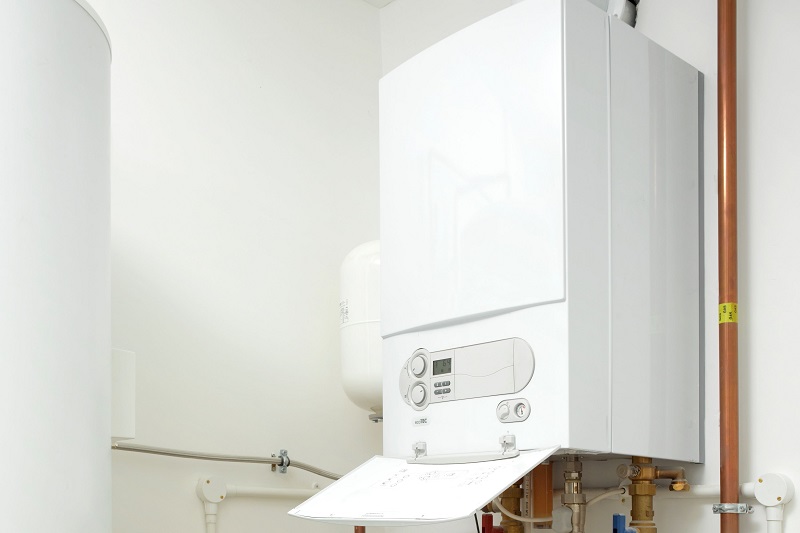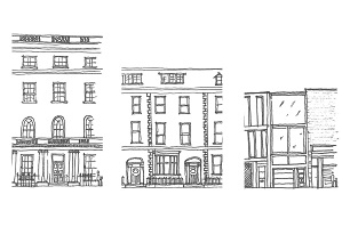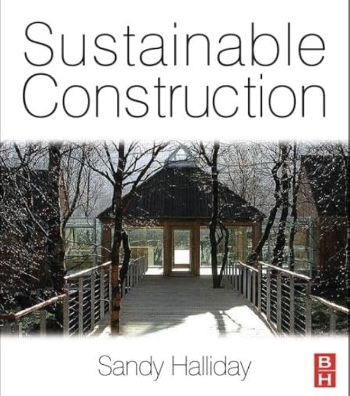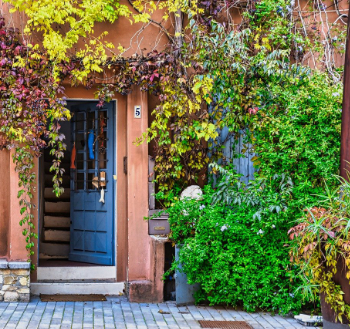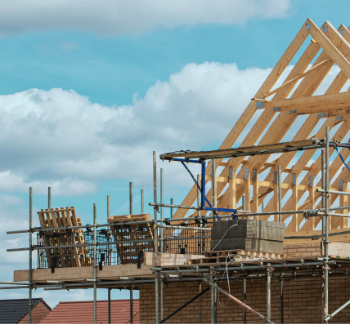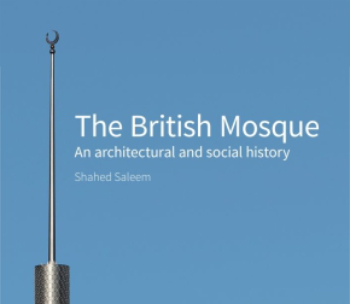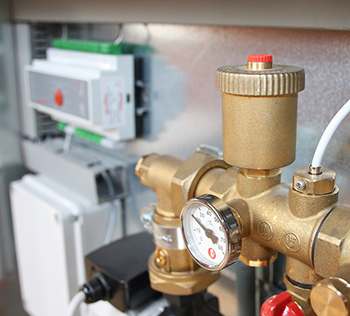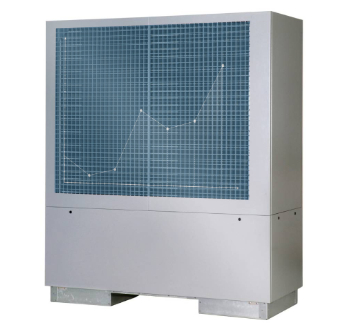Types of domestic boiler
Contents |
[edit] Introduction
Domestic boilers heat water that can be used to supply a central heating system, or hot water for taps, or both. Boilers are generally fuelled by mains gas, however if a mains gas supply is not available, they may use an alternative fuel such:
- Liquid petroleum gas (LPG).
- Wood.
- Coal.
- Oil.
- Electricity.
Approximately 4.3 million households in the UK are not connected to mains gas.
According to the Energy Saving Trust, boilers account for approximately 60% of domestic CO2 emissions. Since 2005, most new gas-fuelled boilers have had to be condensing boilers, and since 2007, this has also applied to oil-fired boilers. Condensing boilers are boilers that recover heat from flue gases to be re-used. This makes them more efficient than non-condensing boilers. However, condensing boilers need connection to drainage which can be problematic in some older properties depending on the location of the boiler.
In September 2015, the Energy Related Products directive (ErP) came into force. This included requirements for ‘eco-design’ and energy labelling. The eco-design element sets minimum permissible efficiencies for boilers with an output of up to 400 kW. Energy labelling is required for boilers with an output of up to 70 kW, indicating how efficient a boiler is on a scale from A+++ to G. A+ ratings and above apply to renewable products such as heat pumps.
Gas boiler installation must be carried out by a Gas Safe registered installer.
There are a number of different types of domestic boiler.
[edit] Conventional boilers
Conventional boilers (sometimes referred to as traditional, heat only or open vent boilers) can supply central heating and hot water for sinks, baths and showers. They require a cold water supply tank and a hot water storage cylinder. Cold water supplied from the tank is heated by the boiler and then stored in the cylinder until required.
Because there is a ‘reservoir’ of stored hot water, they can supply more than one use at the same time. For example, a shower and a sink. However, once the hot water in the cylinder has been used, it can take quite a long time for it to be replaced by the boiler. They also required space for the tank and cylinder.
They may be appropriate for older heating systems where the higher pressures used by other types of boiler could not be accommodated, or where the water supply pressure is low.
[edit] Combination boilers
Combination boilers, or ‘combi boilers’, supply central heating and hot water directly from the water supply, without the need for a water tank or hot water cylinder.
Because hot water is supplied ‘instantaneously’ rather than being stored and then used, they can provide unlimited hot water on demand, and are useful where there is limited space availability. This can be a more efficient type of boiler, as the hot water is used immediately, rather than being stored.
However, as there is no reservoir of hot water, when there are multiple simultaneous uses, the pressure may drop. This may make them best suited to smaller, lower-occupancy properties.
[edit] System boilers
System boilers, or ‘sealed system’ boilers have a hot water cylinder but no water tank. This requires less space than a conventional boiler, but means that more than one use can be supplied at the same time. However, the hot water supply is limited to the size of the cylinder.
[edit] CHP boilers
Micro-CHP or micro combined heat and power is the small-scale generation of heat and electricity from a single energy source.
Micro-CHP is becoming more common in domestic buildings, where it can be installed as direct replacement for gas-fired boilers as micro-CHP units (sometimes referred to as CHP boilers) are similar in size and shape to conventional domestic boilers and can be floor standing or wall hung.
See CHP boilers for more information.
[edit] Biomass boilers
Biomass boilers run on renewable fuels such as wood pellets. The emissions produced by biomass boilers are much lower than emissions from fossil fuels and traditional boiler types. This is because the carbon dioxide emitted is the same amount that was absorbed while the plant was growing.
The price of fuel types for biomass boilers is often cheaper than other heating options and can be locally sourced. Financial support from the government is also available under the Renewable Heat Incentive, which can help to further reduce overall costs.
One disadvantage of biomass boilers however is the space needed, as they are larger than standard boilers. They also need space to keep the fuel. If there is not a local supplier who can deliver fuel, then the price of fuel deliveries can increase. You may also need planning permission to install a biomass boiler system, depending on where it and its components are located.
See Biomass boiler for more information.
[edit] Back boiler
English Housing Survey, Headline Report, 2020-21, published by the Department for Levelling Up, Housing and Communities in 2021, defines a back boiler as a boiler that is: ‘located behind a room heater and feeds hot water to a separate storage cylinder. They are generally less efficient than other boiler types.’
[edit] Automatic feed boiler
An automatic feed boiler is a boiler with fully automated fuel supply
[edit] Related articles on Designing Buildings
- Back boiler.
- Balanced flue appliance.
- Biomass boiler.
- Boiler.
- Boiler efficiency.
- Carbon monoxide.
- Carbon monoxide detector.
- CHP boiler.
- Coefficient of Performance CoP.
- Combustion appliance.
- Condensing boiler.
- Domestic micro-generation.
- Energy related products regulations.
- Fluepipe.
- Gross calorific value.
- Heat interface units.
- Heat pump.
- Hot water.
- What are electric fires?
Featured articles and news
Types of rapidly renewable content
From forestry to agricultural crops and their by-products.
Terraced houses and the public realm
The discernible difference between the public realm of detached housing and of terraced housing.
Put digitalisation and sustainability at the core of curricula
Project management educators are urged.
Looking back at the influence of climate events
From a designer and writer: 'There are limits to growth but no limits to development'.
Terms, histories, theories and practice.
Biophilic design and natural light
Letting in the light and natural elements into spaces.
APM Programme Management Conference 2024
Strategies for Success.
Residential takes the reins as contract awards even out
Contracts down, but remain above the last quarter of 2023.
Celebrating Eid and the largest mud-brick building.
Barry Kingscote claims prestigious CIOB CMYA Award.
The British Mosque: an architectural and social history
The story of some 1,500 mosques or more in Britain.
Heat pump refrigerants, efficiencies and impacts
R12 to R1270 what are the differences?
Global heat pump market in 2023
Challenging times with positive but modest outlook.
Beyond the infrastructure pipeline
Opportunities and chokepoints.








